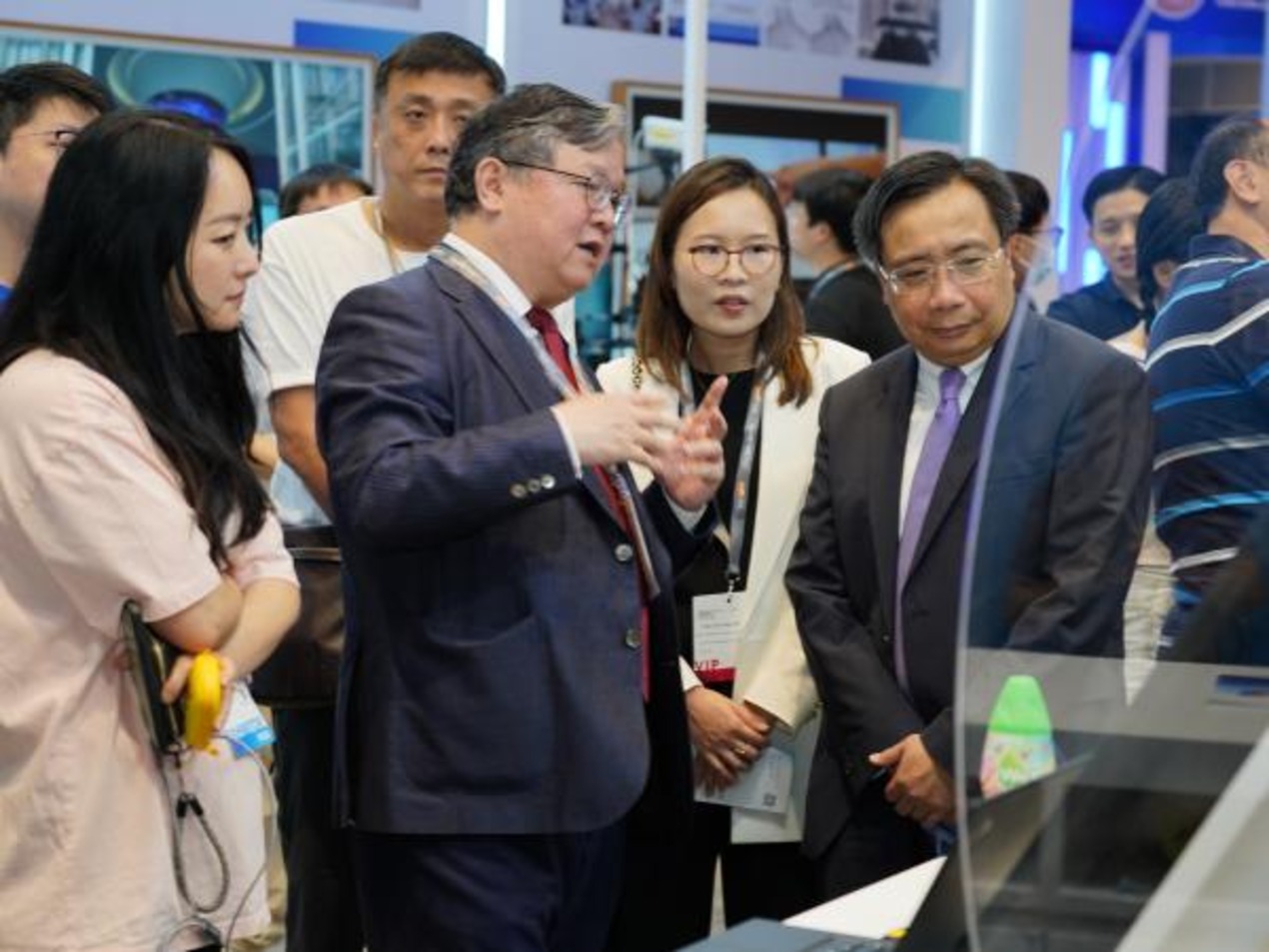
Indonesia Vice President Ma’ruf Amin believes that establishing National Intellectual Property Strategy is the major step to boosting economic growth and supporting national development through the intellectual property ecosystem. He added that collaboration, synergy schemes, and the alignment of intellectual property policies with the attainment of the national development strategy must be converted into tangible activities to give the creative economy business players intellectual property protection in their country.
Furthermore, the commitment to grow micro, small, and medium companies (MSMEs), particularly in the innovation sector, must be enhanced so that MSMEs may scale up since they play an active role in post-pandemic economic recovery. At least 20% of Indonesia’s 64 million MSMEs can have their intellectual property safeguarded. If MSMEs can patent their products, it will increase public trust in Indonesian-made goods. He also encouraged all Indonesians, particularly young people, to continue to rise as creative, inventive, and inspirational leaders for Advanced Indonesia.
Because they are exposed to technology from a young age, youth play a significant part in the development of the national economy. They deliver finished, integrated, real-time digital services that can serve all stakeholders in a manner that is quick, easy, exact, and accurate is the ultimate objective. This will be accomplished to meet the aim.
Young innovators, producers, and entrepreneurs can use intellectual property rights to realise their aims of pooling revenue, generating jobs, reacting to local and global concerns, and tracking the evolution of national communications.
Indonesia congratulated the recent four awardees of the World Intellectual Property Organization (WIPO) Awards. They are Elvianto, in the category of WIPO Medal for Investors; Purwacaraka, in the category of WIPO Medal for Creativity; Universitas Gadjah Mada (UGM, in the category of WIPO IP Enterprise Medal; and Angel Anlee, in the category of WIPO School Children Medals.
Meanwhile, Indonesian President Joko “Jokowi” Widodo urged the Financial Transaction Reports and Analysis Centre (PPATK) to improve its digital services. This includes developing new service platforms and improving its running digital services. The end goal is to provide completed, integrated, real-time digital services that are able to serve all stakeholders in a manner that is rapid, easy, precise, and accurate.
President Jokowi cited that they needed to swiftly implement a digital transformation, embrace regulatory technology, and achieve a breakthrough in the legal industry in order to solve a number of basic issues. He added that if they want to prevent activities that might compromise the integrity and stability of the economic and financial system, it is important to conduct out anticipation on every level as soon as feasible and also prepare for the anticipated increase in economic crimes, such as cybercrime and other crimes that make use of technologically advanced methods.
The problems that must be addressed in the future will be more difficult, and the chance of being a victim of cybercrime will rise proportionately.
It is critical that the country develop synergy in order to ensure fairness in law enforcement, increase rescue efforts on the return and recovery of state finances, provide legal certainty for both domestic and international investors, and build a stronger, more integrated, and more sustainable financial system in Indonesia.
















